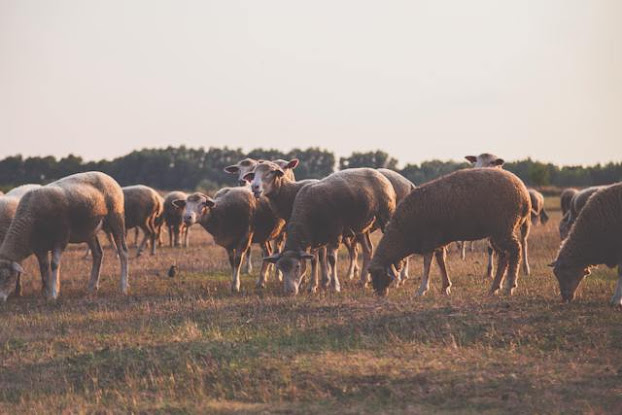Goat Farming and Technology: Tools for a Modern Agricultural Revolution
Introduction:
Goat farming, an age-old practice deeply rooted in agricultural traditions, is undergoing a transformative journey with the integration of modern technology. As the global demand for sustainable and ethical farming practices rises, goat farming emerges as a viable solution. Technological advancements are playing a pivotal role in shaping the landscape of goat farming, ushering in a new era of efficiency, productivity, and sustainability.
Automated Monitoring Systems:
One of the significant breakthroughs in goat farming technology is the advent of automated monitoring systems. These systems employ sensors and cameras to keep a constant eye on the goats, monitoring their health, behavior, and even reproductive patterns. Farmers can receive real-time data on their smartphones, allowing them to respond promptly to any signs of distress or irregularities. This not only improves the overall well-being of the goats but also enhances the efficiency of farm management.
Precision Feeding and Nutrition:
Technology has revolutionized the way goats are fed and nourished. Automated feeding systems equipped with precision technology ensure that each goat receives the right amount of nutrition tailored to its specific needs. This not only optimizes growth rates but also minimizes wastage of feed, contributing to a more sustainable and cost-effective farming practice. Additionally, data analytics help farmers make informed decisions about the nutritional requirements of their goats, leading to healthier and more productive livestock.
Genetic Technologies for Breeding Improvement:
Selective breeding has long been a cornerstone of successful goat farming, and technology is taking it to new heights. Genetic technologies, including DNA testing and marker-assisted selection, enable farmers to make more informed decisions about breeding. This results in the development of stronger, disease-resistant, and high-yield goat breeds. By leveraging genetic advancements, farmers can enhance the overall quality of their herd, leading to improved meat and milk production.
Drones for Farm Surveillance:
Drones are increasingly becoming indispensable tools in modern goat farming. These unmanned aerial vehicles provide farmers with a bird’s eye view of their entire farm, helping them monitor the overall health of the flock, identify potential predators, and assess the condition of pastures. Drones equipped with thermal imaging technology can even detect anomalies in goat body temperature, enabling early detection of illnesses. This not only saves time but also aids in preventing the spread of diseases, ensuring a healthier and more resilient herd.
Mobile Applications for Farm Management:
The rise of mobile applications tailored for goat farming has streamlined farm management processes. These apps provide farmers with tools for record-keeping, financial management, and even market analysis. With just a few taps on their smartphones, goat farmers can access crucial information about their herd, track expenses, and stay updated on market trends. This level of connectivity and information accessibility empowers farmers to make data-driven decisions, ultimately boosting the overall efficiency and profitability of their operations.
Solar-Powered Solutions:
As sustainability becomes a focal point in modern agriculture, goat farmers are turning to solar-powered solutions to meet their energy needs. Solar panels can be used to power automated systems, lighting, and even water pumps on the farm. This not only reduces the carbon footprint of goat farming but also offers a more reliable and cost-effective source of energy in remote or off-grid locations.
Conclusion:
Goat farming is experiencing a renaissance, and technology is at the forefront of this agricultural revolution. The integration of automated monitoring systems, precision feeding, genetic technologies, drones, mobile applications, and sustainable energy solutions is reshaping the way goats are raised, managed, and bred. As technology continues to advance, the synergy between traditional farming practices and modern innovations will undoubtedly propel goat farming into a more sustainable, efficient, and economically viable future. Embracing these technological tools, farmers can not only meet the growing global demand for goat products but also contribute to the larger goal of creating a more sustainable and ethical agricultural system.
Read more : — Beyond Borders: Punganur Cows on the Global Stage




Comments
Post a Comment